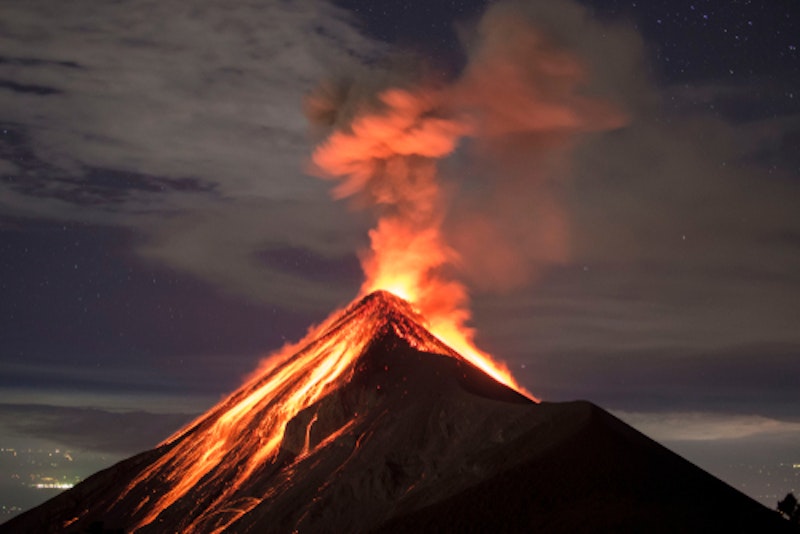Study Notes
GCSE Geography | Natural Causes of Climate Change (Climate Change 3)
- Level:
- GCSE
- Board:
- AQA, Edexcel, OCR, Eduqas
Last updated 19 Jul 2023
There are several natural causes of climate change.
Orbital changes
Serbian geophysicist Milankovitch studied the earth’s orbit and spotted 3 different cycles that he claimed to affect global climate – these are called Milankovitch cycles – and they affect the timings and seasons of earth’s climate.
- Eccentricity - this describes the orbital path, which changes from being almost circular to slightly elliptical – a complete cycle of this takes roughly 100,000 years – which coincides with alternating glacial and interglacial periods.
- Axial tilt - we know that the earth spins on an axis and this axis is tilted – at 23.5 degrees. But over 41,000 years it will move back and forth between 21.5 and 24.5 degrees.
- Precession - which is a natural wobble which is why some places around the world have very long days or very long nights at certain times of the year – a wobble cycle takes 26,000 years.

Solar output
The presence of sunspots on the sun’s surface can affect global temperatures. Sunspots are dark patches that appear from time to time – increasing from a minimum to a maximum over a period of 11 years, which is called a sunspot cycle. When sunspot output is at a maximum the sun will give off more heat, which can make large explosions occur on the surface and can result in solar flares. When it is at a minimum this reduces solar output, which could lead to lower temperatures on earth. Long periods with very few sunspots are sometimes referred to as little ice ages where the climate will be much colder with severe winters.

Volcanic activity
When volcanoes erupt in an explosive fashion they send huge amounts of lava, ash, gases and rocks into the atmosphere. This affects the temperature in two ways.
Firstly, volcanic ash can block out the sun – this is a short term impact but it can reduce the earth’s temperature temporarily.
Secondly, the sulphur dioxide that is given off is converted into sulphuric acid, forming fine droplets – which then reflect the sun’s radiation leading to a drop in temperatures which can last for many years. The 1815 eruption of Tambora in Indonesia is a good example of this – the ash and sulphuric acid caused average global temperatures to drop by between 0.4 and 0.7 degrees – and 1816 was called the year without summer – it also led to harvests failing right across the globe – causing 200,000 deaths from famine in Europe alone.

You might also like
61 dead in Portuguese forest fires
19th June 2017

Climate Change, Water and the Economy
29th August 2017
Europe's cold spell has had widespread impacts
3rd March 2018
Oceans evidencing climate change
19th January 2019
Climate change and the UK flood risk
19th May 2020
Cumbrian coal mine plans put on hold.
18th March 2021

COP27: Uganda-Tanzania Oil Pipeline Sparks Climate Row
25th October 2022